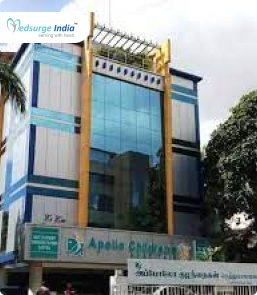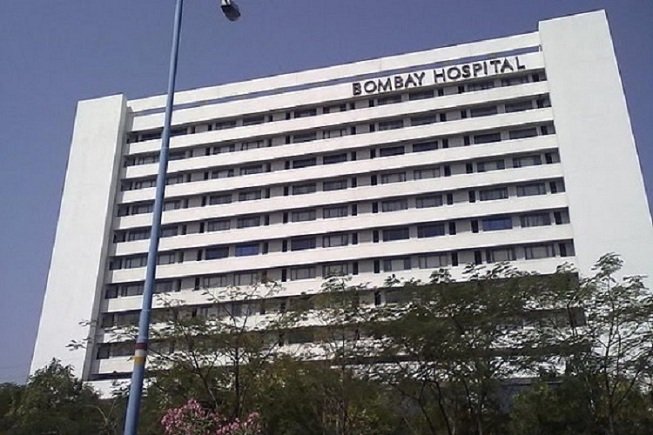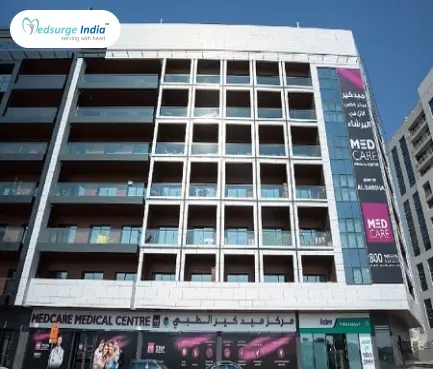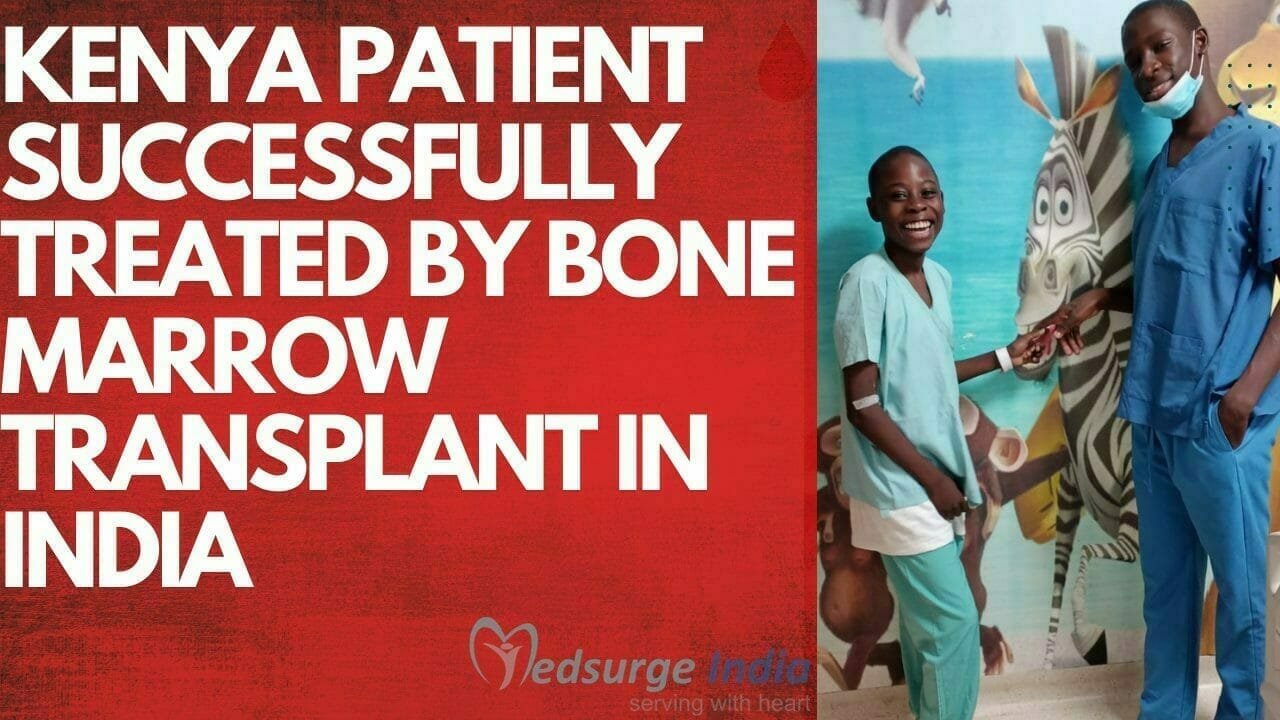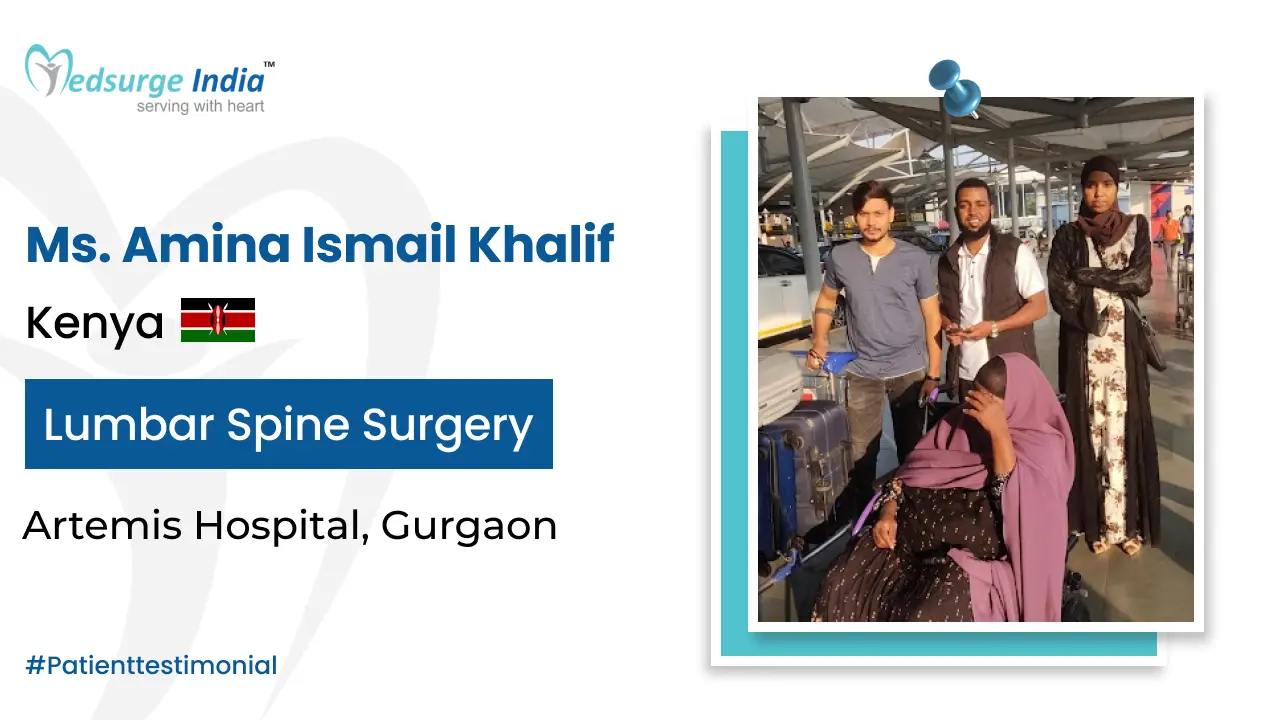
Gender reassignment surgery is becoming more and more popular worldwide and Malaysia is no exception. Every year, thousands of people fly from all over the world to Malaysian medical centers to undergo gender replacement surgery which converts female patients into male patients and vice versa.
What Is Gender Reassignment Surgery?
Gender reassignment surgery includes a number of operations that may help your body more closely match your gender identification. Gender identity, as opposed to sex assigned at birth (male or female), refers to how you view your body and interact with other people. If your natural sex and gender identity are different, you may be a candidate for gender reassignment surgery. It will also help you if you are suffering from psychological anguish due to gender dysphoria.
Gender Reassignment Surgery in Malaysia
Male-to-female and female-to-male surgery are the two main methods for gender reassignment surgery. The two of them and the related steps will be covered shortly below.
Male-to-Female Gender Reassignment Surgery–
Another name for the procedure is penile inversion vaginoplasty. It is conducted for those who identify as female but were given a male identity at birth. It mainly entails the following procedures:
- Vaginoplasty – The primary surgery for creating female genitalia is vaginoplasty. The surgeon uses tissue from the penile and scrotal regions to build the vaginal canal, labia, and clitoral hood. Urinating when standing is made feasible via urethral adjustment. The aim is to design a vulva and vagina that are both visually beautiful and functional.
- Breast augmentation – This procedure involves putting breast implants in order to enhance the shape and size of the breasts. Implants can be placed under the muscles of the chest or directly below the breast tissue. Implant site, size, and type are determined by the physical characteristics and personal preferences of each patient.
- Facial feminization surgery (FFS) – This type of surgery involves multiple treatments, such as forehead contouring, jawline reduction, rhinoplasty, and Adam’s apple reduction. The procedure is extensively customized to fit the specific needs and goals of every patient.
Female-to-Male Gender Reassignment Surgery–
People who identify as male yet are assigned a feminine identity from birth undergo this treatment.
- Top surgery (mastectomy) – To remove breast tissue and create a more masculine chest, FTM patients typically undergo a mastectomy. The surgeon makes incisions and removes breast tissue to rearrange the nipple-areolar complex in a way that appears more masculine. Some people may want to have further surgeries or chest contouring to improve the appearance of their chests.
- Phalloplasty – The purpose of phalloplasty, or penis building, is to produce a neopenis. To create a penis, the surgeon frequently employs tissue grafts from the forearm or thigh. Urination is made easier with the help of the urethral extension. Penile implants can be inserted if erections are desired.
- Facial masculinization surgery (FMS) – The goal of FMS is to generate more masculine face features. It included operations including forehead enlargement, jawline contouring, and rhinoplasty. It is also tailored to fit the particular requirements and objectives of every individual.
- Voice training – One essential part of the transition from female to male is voice training. Speech therapy and vocal exercises help people acquire more manly vocal tones and speech patterns.
Gender Reassignment Surgery Cost In Malaysia
Average Gender reassignment surgery cost in Malaysia range between 4500 USD to 11000 USD. However, the overall cost might widely vary based on the needs and preference of the patients. The following summarizes the various forms of gender reassignment surgery cost in Malaysia. The price is given in US dollars.
| Surgery Type | Starting Cost | Maximum Cost |
| Vaginoplasty | 4500 USD | 8000 USD |
| Breast augmentation | 4500 USD | 9000 USD |
| Facial feminization surgery | 3800 USD | 7000 USD |
| Mastectomy | 4800 USD | 7500 USD |
| Phalloplasty | 4000 USD | 8500 USD |
| Facial masculinization surgery | 4200 USD | 9000 USD |
Note: Please be aware that the costs listed above are only an indication of what the treatment will cost initially and may change depending on several variables.
Factors Affecting Gender Reassignment Surgery Cost in Malaysia
Several factors contribute to gender reassignment surgery cost in Malaysia. Due to this reason the cost might vary among individuals. Common factors are:
- The type of gender reassignment surgery.
- The preferred healthcare facility.
- Geographical location.
- The expertise, reputation and experience of the surgeon.
- The price for diagnostic exams.
- Post-surgical care and management.
- Transportation costs.
- Accommodation expenses.
Why To Choose Malaysia For Gender Reassignment Surgery?
Gender reassignment surgery cost in Malaysia is much less expensive than certain other countries like the US, making it an appealing option for those people who want a cheaper price without sacrificing the quality of the treatment. According to the International Society of Aesthetic and Plastic Surgeons (ISAPS), the average cost of SRS surgery in Malaysia is 35–50% less than in the US. Additionally, in Malaysia, patients may anticipate state-of-the-art facilities, skilled surgeons, and excellent treatment. For those seeking a desirable place for gender replacement surgery, Malaysia is a popular choice due to the lower costs and higher caliber of treatment.
How Can Medsurge India Help?
Medsurge India is a reliable organization that assists patients in finding the best care to suit their individual needs. Please get in touch with us so that we can help you receive a personalized treatment plan. We can provide you with a list of the most well-known hospitals and doctors across the globe. We can also provide you with a treatment plan that is within your price range. Additionally, we can help patients with travel authorization and medical visas.
Get Free Cost Estimation
The Most Important Frequently Asked Questions
Q: What Are The Success Rates of Gender Reassignment Surgery in Malaysia?
A: In general, Malaysia has a good success rate for gender reassignment surgeries. Following the operation, the majority of patients report having both the expected physical and psychological outcomes.
Q: What Are The Process Involved in Gender Reassignment Surgery in Malaysia?
A: In Malaysia, hormone therapy, psychological counseling, and surgical procedures are usually involved in the process of gender reassignment surgery. Taking drugs to stop the production of certain hormones and switch them out for desired hormones is known as hormone treatment. In addition to helping patients create coping mechanisms for transgender concerns, psychological counseling helps patients gain a deeper understanding of their gender identity. Surgical methods usually involve a combination of genital repair and will be performed afterwards.
Q: Why Is Gender Reassignment Surgery Performed?
A: If you identify as transgender, nonbinary, or gender nonconforming, gender reassignment surgery could be a component of your transition. The surgery is performed to increase or decrease the physical attributes linked to being assigned as male at birth (AMAB), increase or decrease physical traits linked to the assignment of female at birth (AFAB), and to modify the appearance of genitalia.
Q: What Is The Ideal Recovery Duration For Gender Reassignment Surgery?
A: Recovery duration will vary among patients depending on the type of surgery they have and their overall health. Your surgeon will give you detailed information when you are about to get discharged along with a recovery plan. You will have to undergo post-recovery checkup 12 weeks after the surgery.
Q: Are There any Risks of Complications With Gender Reassignment Surgery?
A: Similar to all other operations that involve the use of general anesthesia, gender reassignment surgery also have certain risks. This mainly includes bleeding, infection, pulmonary embolism and cardiac problems. To know more specific side effects, you may have a conversation with your surgeon.










